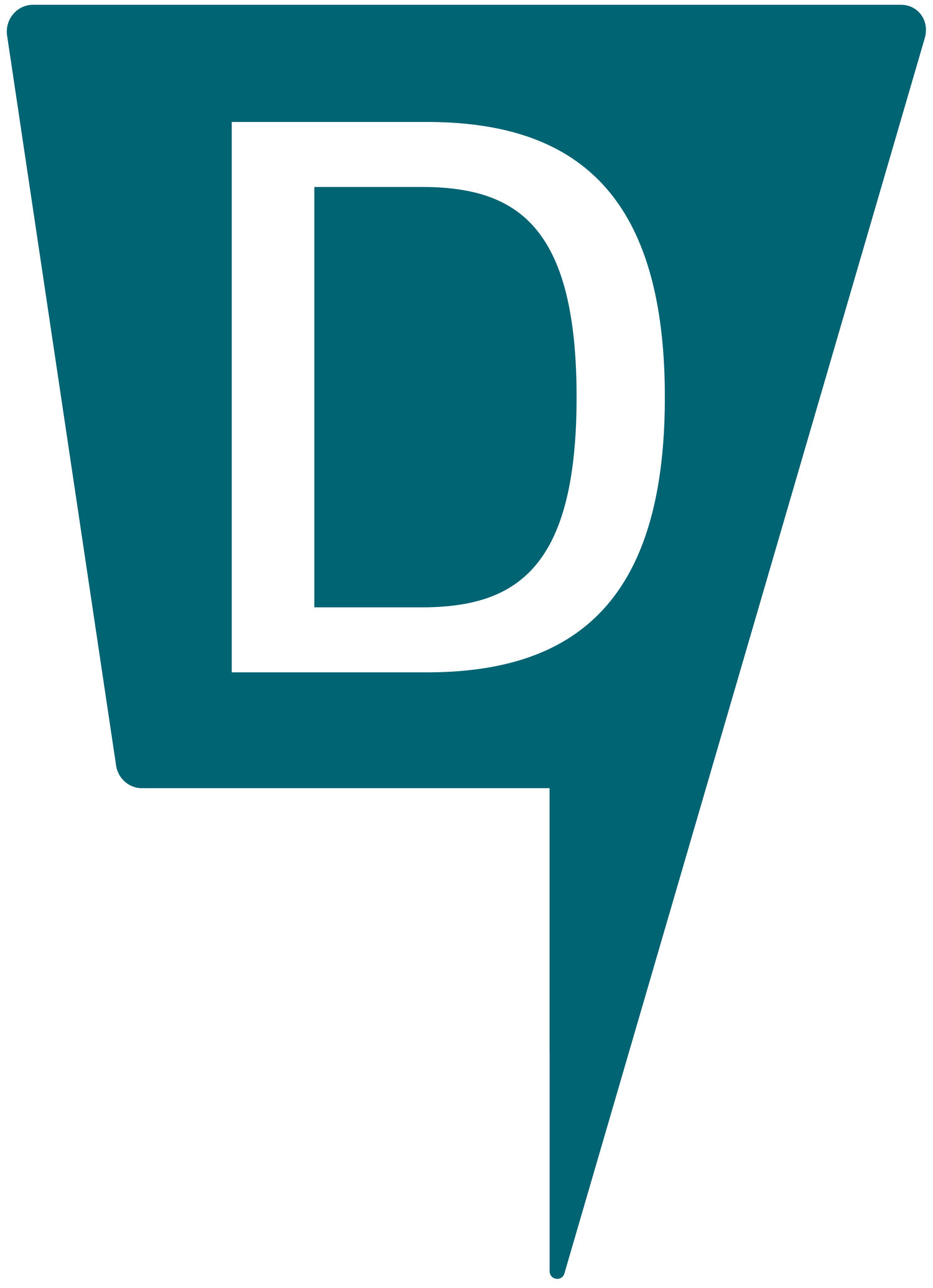Looking for Summer Reading? Try “Accountable”
By Nance Leonhardt
What is the difference between accountability and punishment?
What if you were remembered only for the worst thing you’d ever done?
What if you were remembered only for the worst thing that was done to you?
How do you learn good judgment without making mistakes?
How do you survive being someone else’s mistake?
It seems nearly every year of my professional life working with adolescents, I help students grapple with these questions. Humans are hardwired to connect through relationships, and adolescents are hardwired to struggle at judging effective, nuanced, context-sensitive ways to do this.
The need for accountability arises when one person’s actions harm another. Over three decades of working in school settings, I’ve seen some behavior choices that run the gamut from minor to severe. In every school I’ve ever worked, we’ve taken up arms against behaviors that cause some kids to be victimized. From restorative justice and bystander training to peer mediation and student-led judicial committees, I’ve seen a lot of well-intended efforts to stop students from harming one another and even broader efforts to promote inclusion and compassion for all. I believe in supporting repair, growth, and healing for all parties impacted in these events: the victim, the harmer and their shared community. Without these, I’ve questioned whether accountability can be actualized or authentic. What does it mean for students to learn from mistakes, grant forgiveness, and truly increase capacity for relational safety?
While bullying and dynamics of power and control in relationships are nothing new, the platforms available to take sides (#socialmedia)—and the pressure to do so—is at a critical apex. The dimensions of identity being challenged in a power struggle may vary: race, sex, gender, socioeconomic status, ability, sexual orientation, and so on. Whether we are harmed or the harmer, an upstander or bystander, these days any interaction we have relative to a conflict may be classified as friendly, fearful, or fierce. To take a position risks retaliation from the other side, being canceled, and/or cut off. Simultaneously, there is no space for neutrality—no space to hold the “both/and” of a situation—no space to seek to understand, question, and learn. To do so signals ignorance or doubt. Ignorance is equated with indifference. Doubt challenges one person’s truth. Both flag our position as being in opposition to the other side.
_____________
I have waited a long time to find a book that depicts these dynamics in such a thought-provoking, pluralistic way. Dashka Slater’s 2023 nonfiction book Accountable represents painstaking research and years of compassionate, investigative journalism. It unpacks the events leading up to the creation of a private, racist Instagram account launched by high schoolers in 2017 and its lasting impact on students, a school district and an entire Northern California town.
I binged this recently on a road trip after hearing about it from some colleagues and, wholly riveted, carried on listening to podcasts such as this one, in which Slater talks about her research and process. Whatever you think you may know already about social media platforms, get ready to know more. Edgelords, snap streaks, and meme farms are laid bare. Beyond offering a view into the current zeitgeist of online discourse, the book outlines how symbolic communication can build or break community through contemporary and historic examples. It delves deeply into the noble and flawed efforts undertaken by students, families, school administrators and lawyers to repair what was broken. Whether the adolescents in your world are more likely to be accusers, accused, or apathetic, this is an important read for our times. Slater brings us a case study to contemplate how our individual, institutional, and collective responses will yield authentic accountability, healing, and change.
Schools are places of learning content and conduct. Content is taught explicitly, facilitated by teachers. Content is the room we occupy together when learning about velocity, RNA sequencing, or when to use the preterite over the imperfect tense. Content is the Constitution, Shakespeare, multivariable Calculus. Content is the product of intentional research, curation and facilitation. Content is concrete.
Conduct is more elusive. Conduct’s “teachers” include parents, siblings, coaches, peers, clergy, Cookie Monster, and Kanye. Conduct’s canon? Culture—books, movies, music and, perhaps most of all these days, TikTok. To navigate the shifting tides of conduct requires a stable sense of self, the ability to stay regulated, and the ability to listen deeply. Conduct is a moving target. Conduct is messy. Schools are a place for teens to practice this, often with greater consequence than they would experience in their preferred third spaces (Discord threads, Snapchat, group texts and so on). What we must ask ourselves is how we can support kids to surf the turbulent waters, navigating conduct on their way to actualized selfhood without being pulled under. How can we be better co-teachers of conduct and model an approach to accountability in schools (and beyond) that brings a community together rather than deepening divides?
I hope you can find time to read this in the coming months and connect with each other about the issues at stake for the betterment of our shared community. If you decide to read Accountable with young people in your life, please know that the book does broach challenging yet important topics such as hate crimes and suicidality. It is an important read however—one that can help us all better support our teens as they navigate the complicated world of social media through adolescence and into adulthood.


